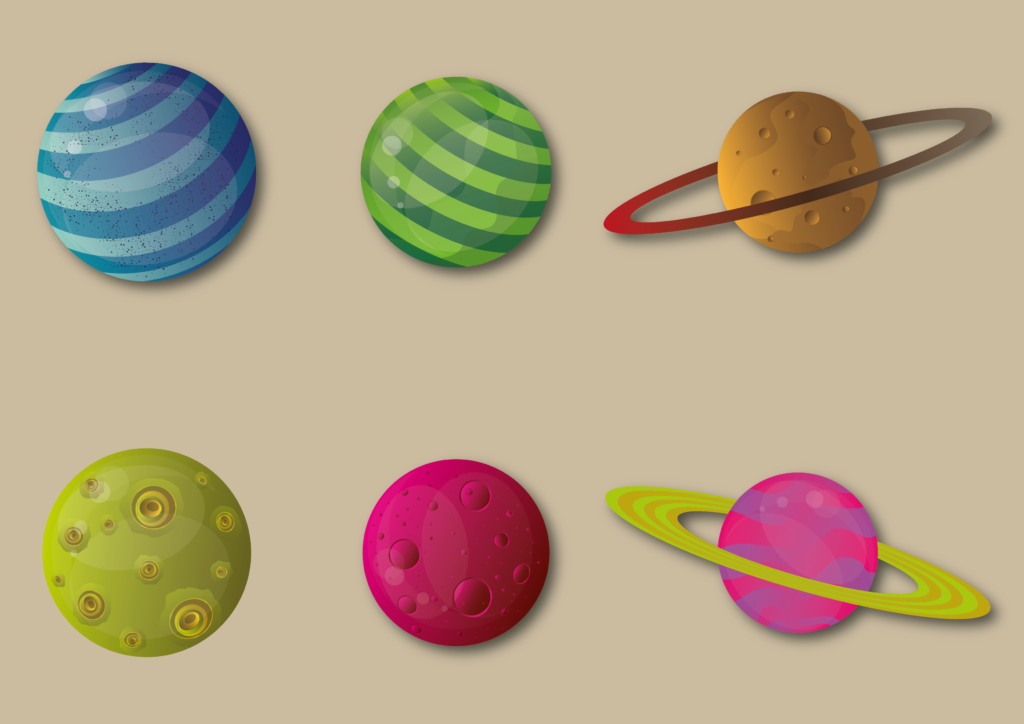Venus Facts For Kids
The planet Venus is a little smaller than Earth and similar in mass and density, (what it’s made up of). It has a similar level of gravity too.
It has no rings round it, no moons and it spins backwards. What this means is that on Venus the sun rises in the West and sets in the East, which is the opposite to Earth.
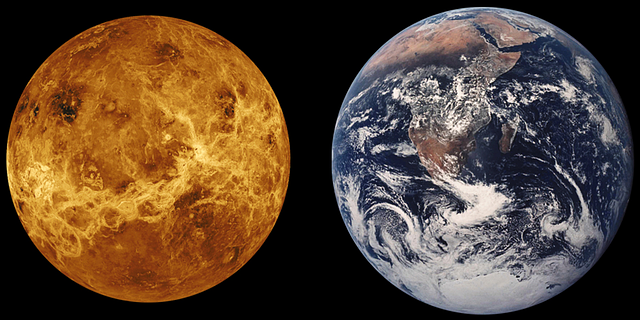
Quick Venus Facts
- Venus has days that are longer than a year.
- Venus is hotter than Mercury.
- Venus contains more than 1,600 active volcanoes.
- Venus was given the name after the Roman goddess of love.
- Venus becomes the brightest object in the sky soon before or after sunset.
- You could see a plethora of mountains and deep craters on its surface if you came near it.
- Should you ever find yourself on Venus, the atmosphere’s pressure will immediately crush you.
Who discovered Venus?
Well no one really knows. It is now thought that ancient civilizations and the Mayan astronomers in 650 BC watched Venus very closely and from that creates a very accurate calendar.
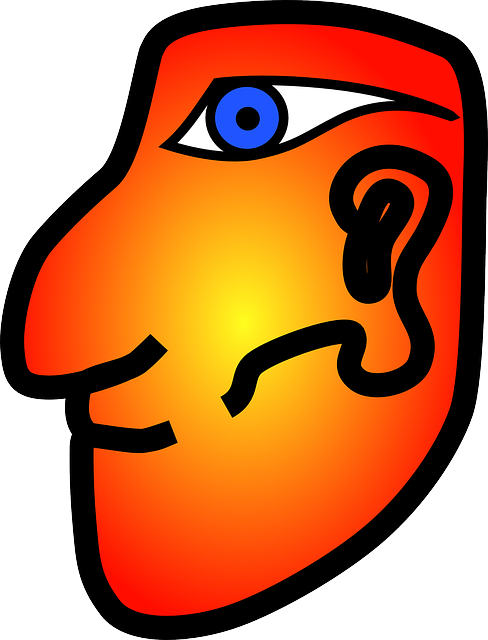
What is Venus?
It is the second closest planet to the sun and is the hottest planet – even hotter than Mercury which is the closest planet to the sun! Wow, that must be hot.
The reason for this is that Mercury can’t retain or keep heat, because it has no atmosphere.
Venus has a very dense, rapidly spinning atmosphere made of carbon dioxide (CO²) and nitrogen (N²) with sulfur droplets in its clouds.
Related: Does Venus have rings?
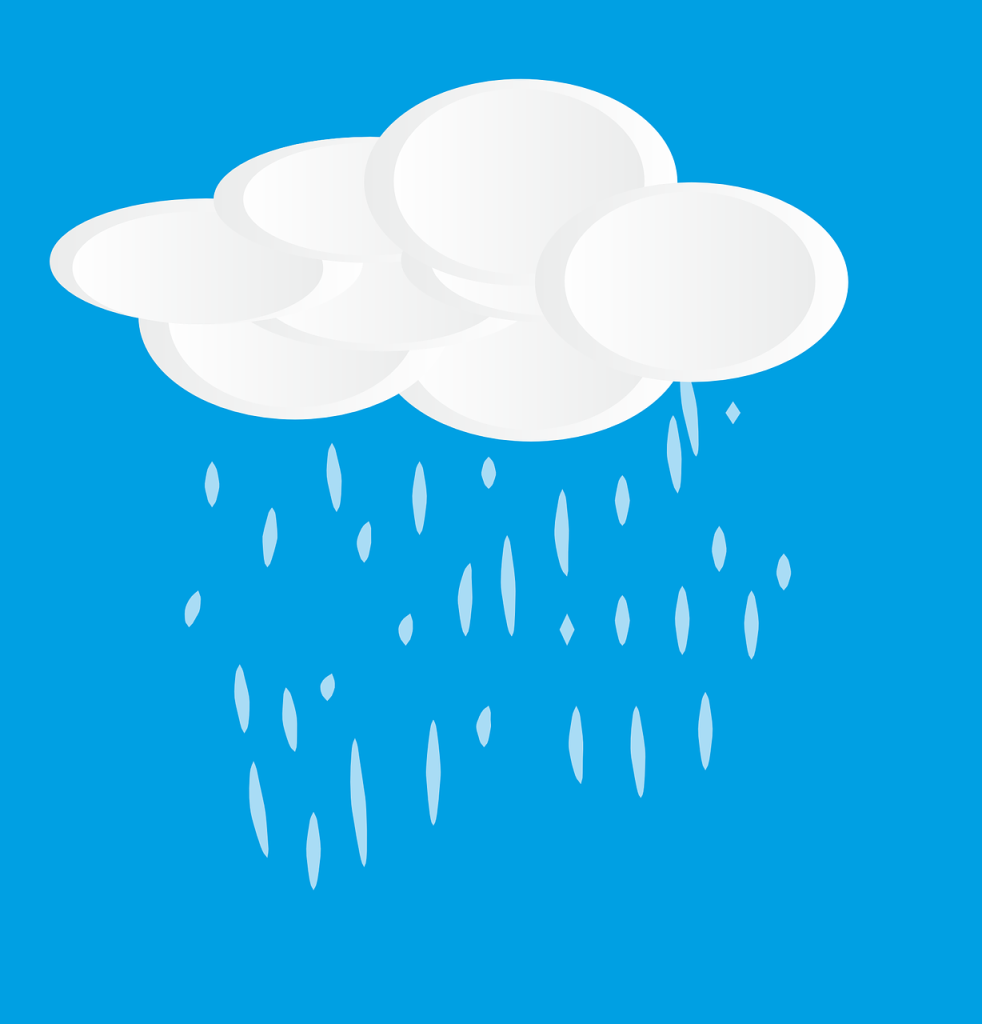
This traps the heat created by the sun which makes it a scorched, eroded and very different planet to Earth.
Only trace amounts of water are found in the atmosphere. Its surface temperature is 864 degrees Fahrenheit (462 degrees Celsius).
This is hot enough to melt lead and there’s no way that anything can live on Venus at all.
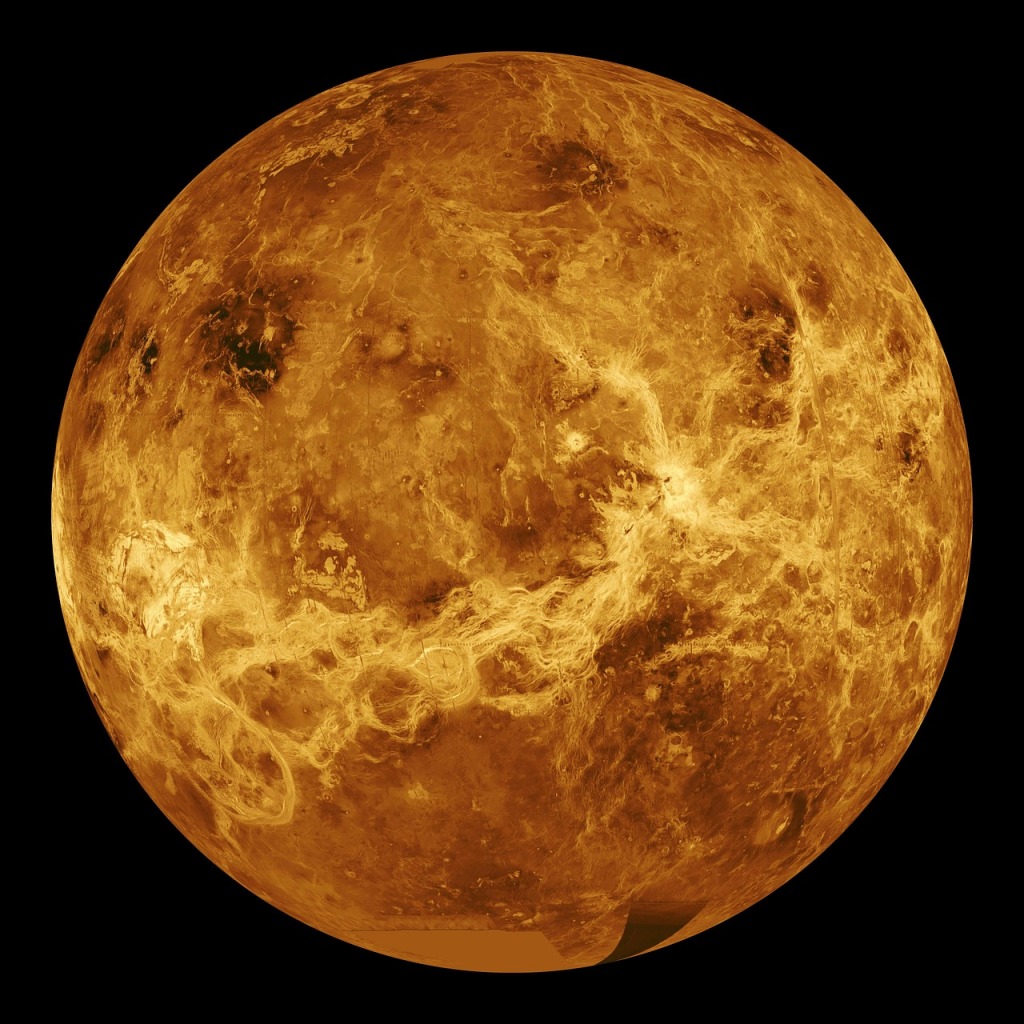
What does the word ‘Venus’ mean?
Venus in most civilizations has been identified with love and war! Wow, two complete opposites.
It was named after the Roman goddess of love and beauty, apparently because of all the five planets known to the astronomers of old, Venus shone the brightest.
The reason that it shines so brightly is because it is close to Earth and the sunlight reflects on its clouds.
What is it like on planet Venus?
Venus is a very rocky planet with an iron core about 1,900 miles (3,000 kilometers) wide but has no magnetic field.
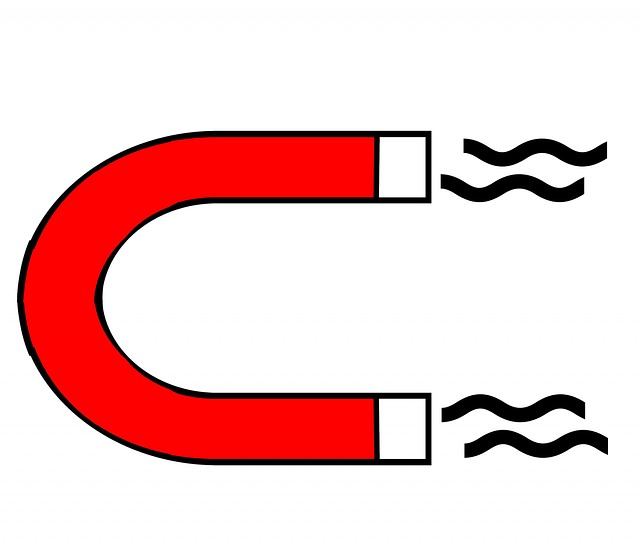
It spins too slowly to generate the kind of magnetic field Earth has. It has a solid surface, deep craters and volcanoes or volcanic centers bigger than 12 miles (20 kilometers) in diameter. Wow, that’s big.
Amazingly, there are more volcanoes on Venus than on any other planet – about 1,600 and maybe even more. Not all of them are active though.
There are flow paths or channels on the surface running for hundreds of miles from erupted volcanoes.
The craters on Venus tend to be small, which are about 1.2 miles (2 kilometers wide). Any small meteor heading its way would burn up in the atmosphere before it could reach the surface.
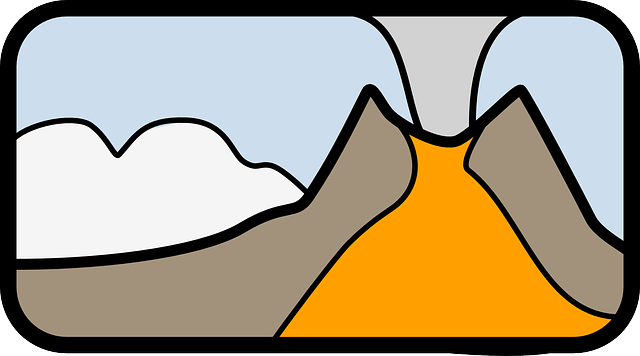
Apparently about 300 to 500 million years ago there was massive volcanic activity on Venus which coated it in solidified basalt lava, which is as hard as rock.
Venus is a very windy planet with winds reaching 450 miles per hour (724 kilometers per hour) in its middle cloud layer. These winds are much faster than Earth’s fastest tornado.
It wouldn’t be cool to be stuck in a wind storm on Venus, that’s for sure.
In the North Polar Region there is a huge highland area called Ishtar Terra which is about the size of Australia.

It has a mountain similar to Mount Everest on the eastern side, and a second area called Aphrodite Terra about the size of South America spreading across the equator for about 6,000 miles (10,000 kilometers).
That’s unbelievable!
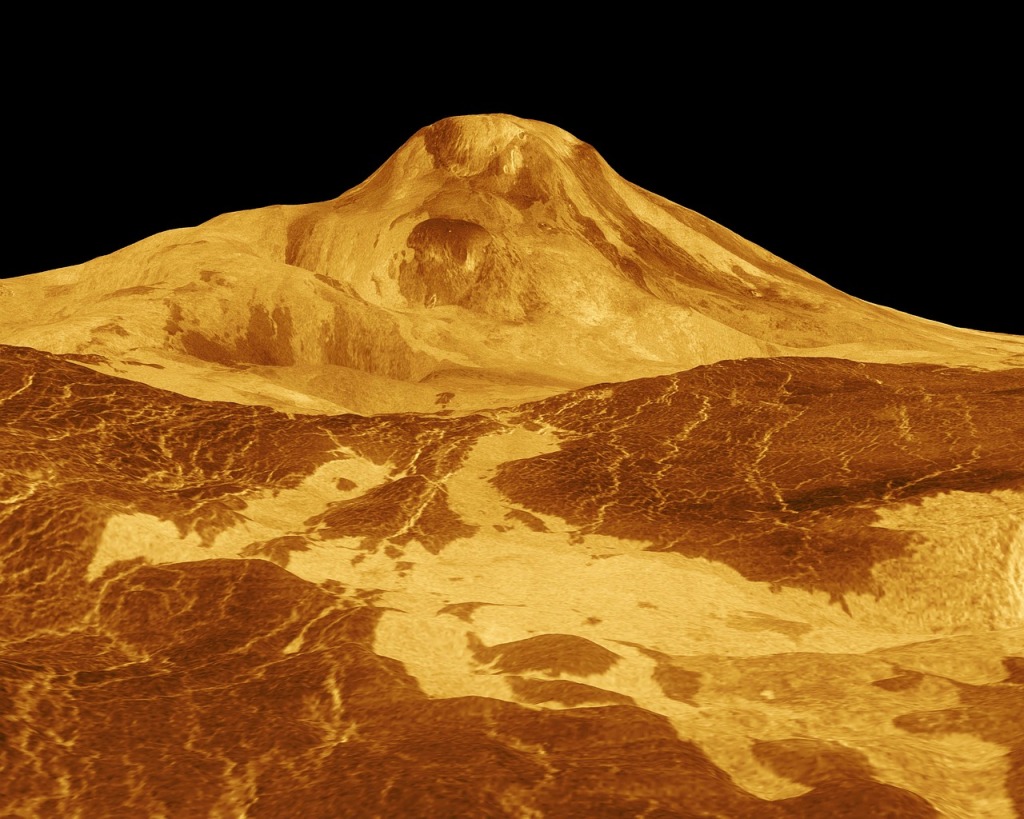
Has Venus been explored by humans?
More than 40 spacecraft have explored Venus, but it’s not easy to see through the thick atmosphere of Venus. NASA’s 1990 Magellan mission mapped 98 percent of Venus’s surface using radar.
There are other investigations that are carrying on from the Venus Express and Japan’s orbiter Akatsuki (Dawn) which is meant to arrive at Venus in 2015.
This will help us understand a whole heap more about this interesting planet.
Other interesting facts about Venus
Venus takes the equivalent of 243 Earth days to rotate once and the equivalent of 225 Earth days to orbit the sun.
Venus is a rare planet in that it can sometimes be seen from Earth passing across the face of the sun, this is called a transit.
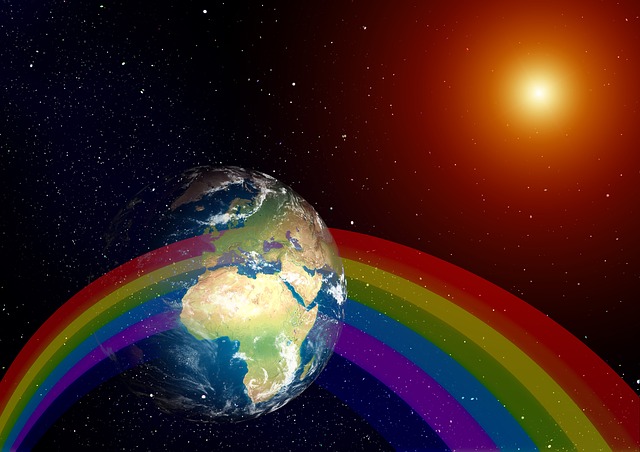
Transits occurred in 1631, 1639, 1761, 1769, 1874, 1882, 8 June 2004, 6 June 2012 and the next transit will be on 11 December 2117, if anyone reading this is alive at the time!
In 2011, the pilot of an Air Canada flight saw Venus in its brightness. He thought it was an oncoming plane and took emergency procedures to avoid colliding.
Useful Websites
- Check out Mission to Venus on National Geographic
- Videos about Venus on WatchKnowLearn.org
